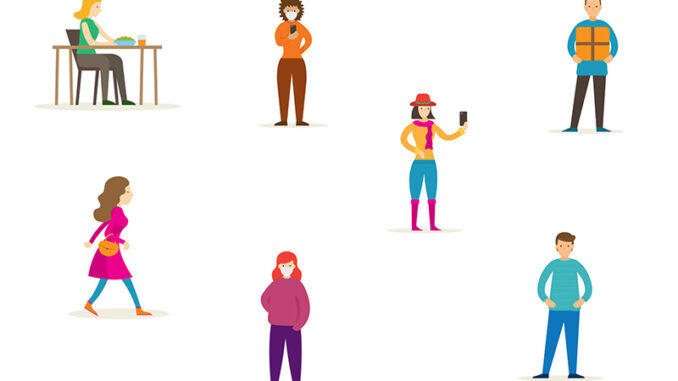
Julia Bartie ’20
Last week, my brother, whose senior year at the University of Pennsylvania was unfortunately curtailed due to COVID-19, made an interesting point: the phrase “social distancing” is a misnomer; though it is supposed to signify the need for maintaining physical space between a person and his or her friends, it omits the operative word: physical.
Social distancing implies the need for total and complete seclusion, which is not only unsustainable but might have paradoxical effects. A team of researchers, led by Dr. Lei Zhang, director of the Maryland Transportation Institute at the University of Maryland, College Park, used cell phone location data to monitor the movements of citizens in the United States over a period of six weeks. As March turned into April, and the weather became more agreeable, the rate of infection refused to plateau. This elicited a pronounced response from the data which showed people increasingly gathering with their friends and straying further from home. Dr. Zhang calls this phenomenon, “quarantine fatigue” or exhaustion and waning discipline surrounding the restrictions to daily life needed to prevent the spread of the coronavirus.
As the weeks tick by, the Netflix queue runs dry and the prospect of summer travel becomes questionable, so it is not surprising that people have become restless. In fact, there is a theory in economics to explain it, demonstrates Dr. Syon Bhanot, a behavioral and public economist and professor at Swarthmore College. In economics, the theory of diminishing marginal utility, in which the value of a good or service declines as its available supply increases, describes, in this case, the relationship between a person and his or her “high utility” activities; as time, or supply, increases, the utility of activities becomes less effective. When this happens, people tend to become restless and are more likely to breach social distancing rules, explains Dr. Bhanot. The perceived shortage of entertainment, combined with society’s aversion to idleness, explains why, as the virus rages on throughout the country, more people are leaving their homes.
It surely seems as if the American public’s resolve is wearing thin, a product not only of a society that craves social interaction, but surely an error in nomenclature. The branding of the necessary safety precautions needed to mitigate the spread of this disease as “social distancing” implies that in order to protect the health and safety of our loved ones, not to mention the welfare of the most vulnerable in this country, we must forsake all social interaction. This is simply not true – in our digitalized world, it is easier than ever before to interact and connect with one another. In order to limit the spread of infection, as well as economic hardship and loss of life, we must come together, just from a safe distance of course.